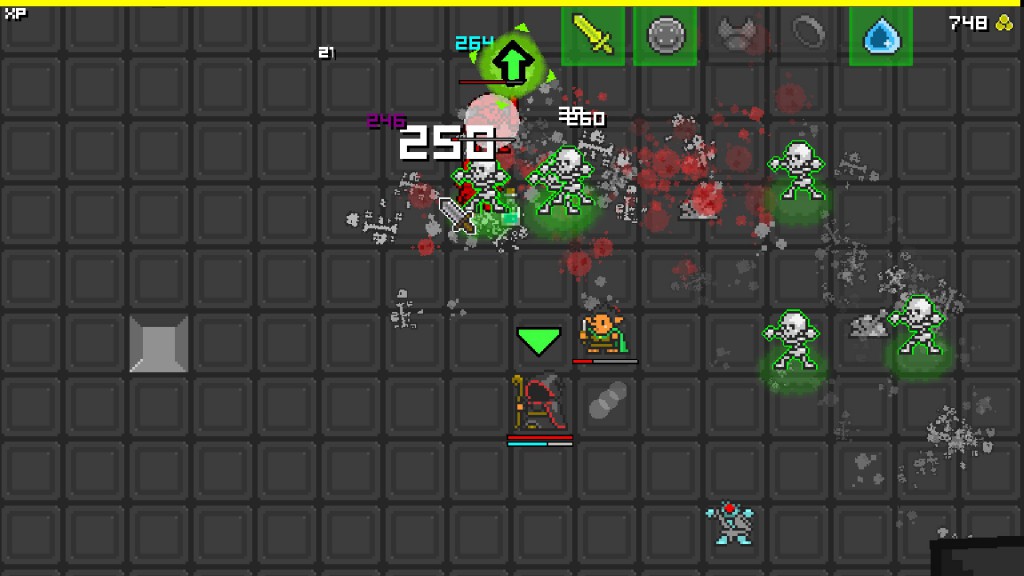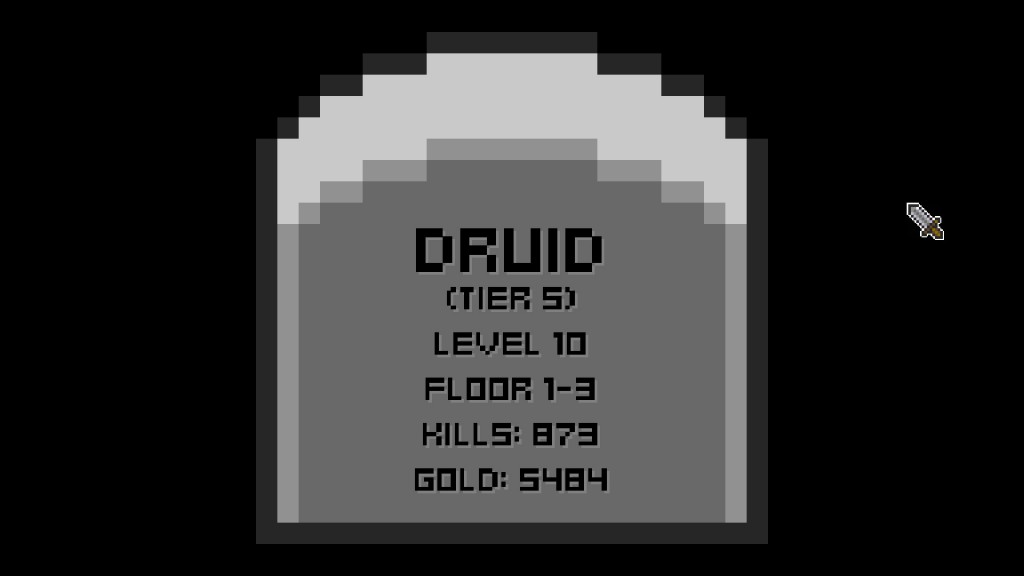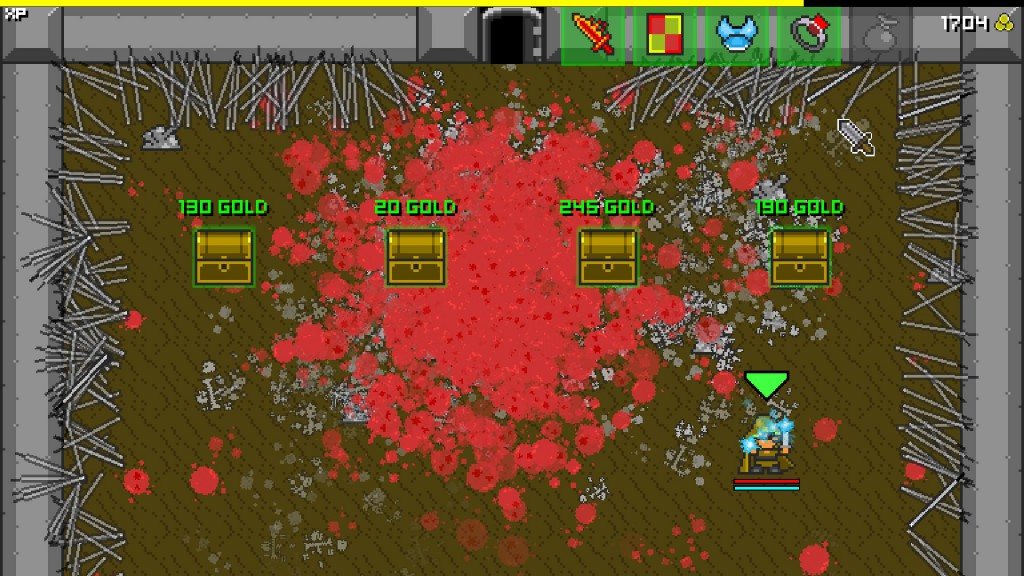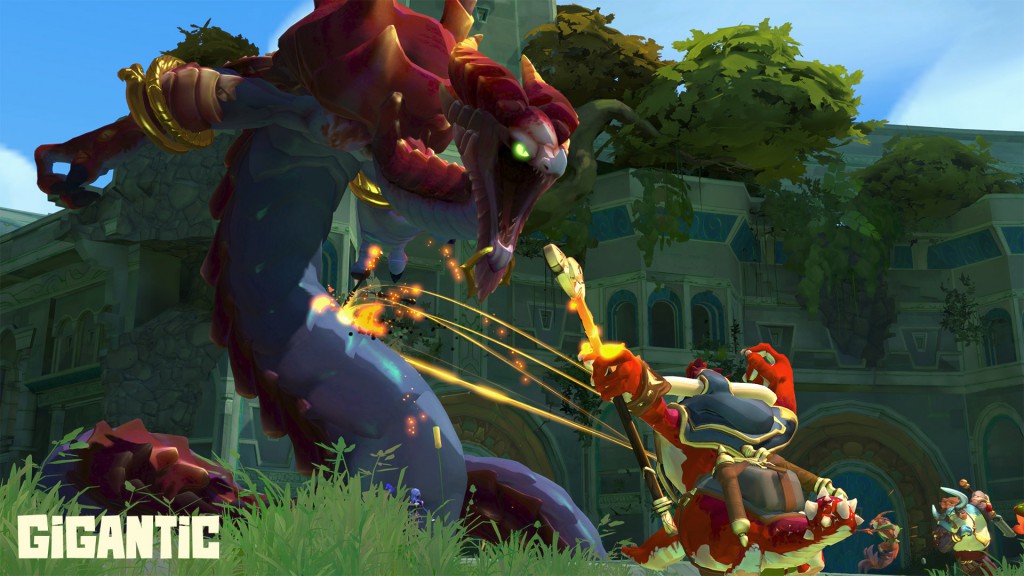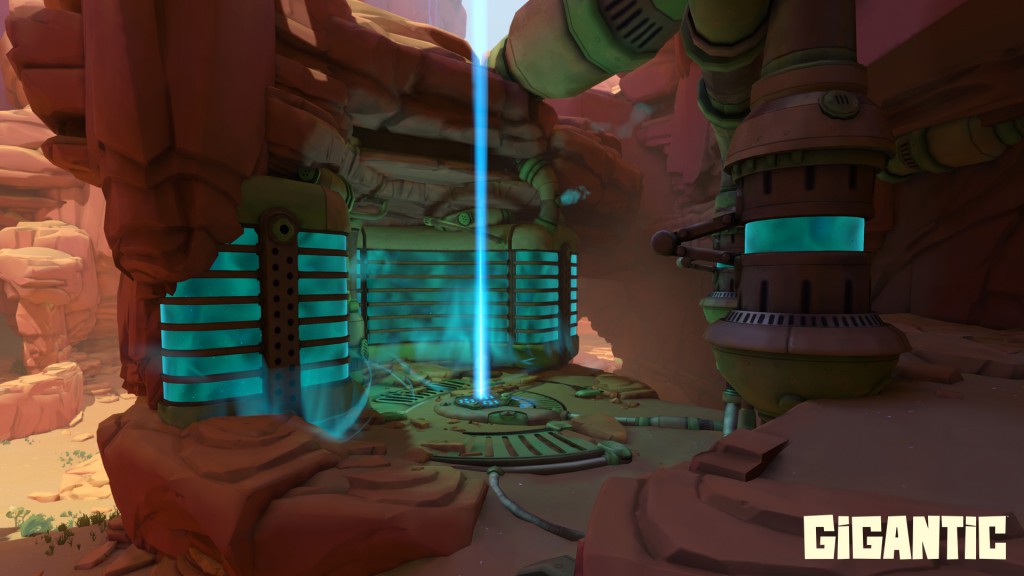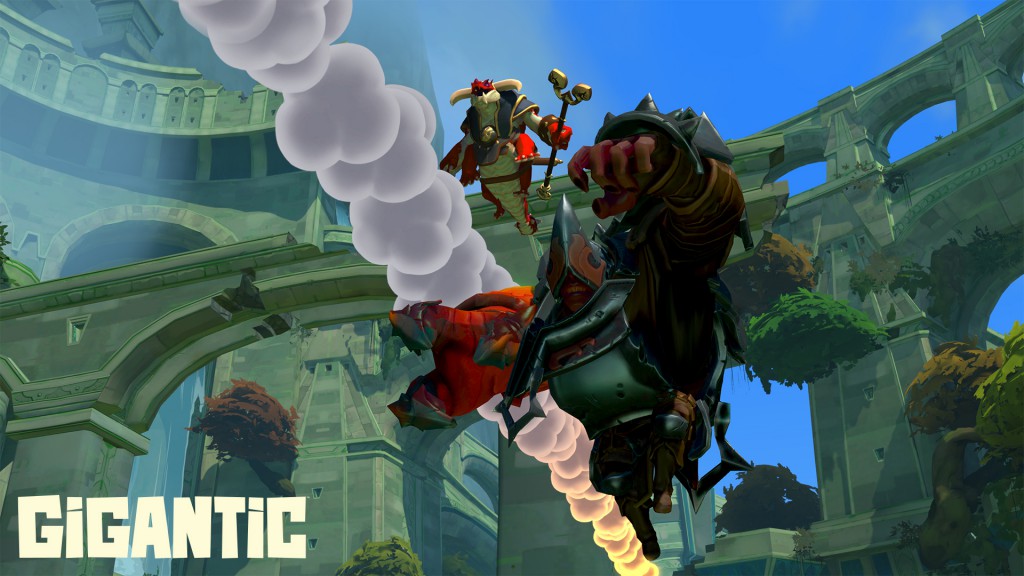At this point I’m not sure where I first heard it, but I find when it comes to dungeons in Final Fantasy 14, the following is quite true:
Nothing wastes more time than people trying to save time.
So to my tank in Aurum Vale this past week, this one’s dedicated to you. It’s a bit of a rant, so sorry ahead of time for that.
Slow Down
The nature of some of the high level content in FF14 means that you may end up doing some dungeons rather often, especially if you decide to continue the relic quest past the atma stage (I don’t recommend this if all you care about is having a good weapon). Sometimes this makes people a bit impatient. Recently I’ve noticed a trend in doing nonstandard things in an attempt to “save time” and finish the instance faster, particularly on the part of tanks. Strategies for this range from reasonable (pulling more things than intended), to ridiculous (ignore all mechanics and hope for the best), to mildly exploitative (skip pulls by sending someone, usually the tank, on a suicide run). The only reason I call that last one mildly exploitative is because Square Enix seems to have reduced or eliminated the ability to do this in some of the older instances, and designs most current instances to make it impossible.
The thing is, there are very few things that slow a run down more than a wipe, and some of these things lead to that very scenario. If your entire party isn’t on-board, a suicide run is a disaster waiting to happen (I’ve even seen this go bad in the first turn of Binding Coil). Speedpulling is well and fine, unless your healer isn’t aware of what it takes to keep up with such high damage on the tank (or worse, isn’t aware that they need to hold off on heals until things have some amount of aggro and get instantly murdered). As far as ignoring mechanics goes, almost all cases where this is viable require high DPS, and sometimes people try without being aware that it’s an issue. A wipe in the last phase of Howling Eye (Hard) takes a lot longer than simply killing the adds would have, and I encountered this when going for my Scholar relic recently. Other notable examples include the Bone Dragon and King Behemoth in Labyrinth of the Ancients.
Communication is Key
The most important thing is that your entire group is prepared and willing to go along with whatever you’re doing. If someone says that they’re not familiar with a particular instance, or doesn’t feel confident in their ability to do a speed run, don’t try it anyway. If your party’s DPS is a pair of dragoons, you’re not really saving time by pulling more things at a time. On the other hand, if you have a Bard and a Black Mage feel free to pull as many things as you can without giving your healer a heart attack. If you’re in an instance below level 50, it’s important to keep in mind that some classes are missing relatively important tools (Flare, Perfect Balance, and Medica II come to mind immediately) and if you’re in an instance low enough there are some classes that don’t have any AOE abilities at all (Monks get their only worthwhile one at 30, Summoners get vastly improved AOE ability at 30, Dragoons get their first at 42 and a better one at 46).
The one that really gets me is ignoring mechanics without warning the party, particularly when this requires healers to kite or tank something they were previously unaware of. I first encountered the “screw the healer” strategy in Cutter’s Cry, and I’ve since seen it in Copperbell Mines and a few other places. It also tends to be the go-to in the Crystal Tower instances, even though there are somewhere between 2-5 tanks who don’t really have anything better to do who could be picking up adds instead of fighting for aggro on a miniboss. (Mini-rant: If you’re a tank, and you’re in one of the 24-man instances without a real job, please don’t fight whoever’s tanking a boss for aggro. In fact, turn on Sword Oath/turn off Defiance, and you will help more by doing damage than you would by spinning the boss. The exception here is when there are adds that need to be handled, most notably on Glasya and Amon, but you can switch your tank stance on when you get there if you’re paying enough attention.) If your healer doesn’t know what they have to do, they’ll die, and you’ll wipe, and have to do the whole thing over again. There are many more examples of this, like not killing the pillars in the last boss of Qarn, or ignoring the Iron Giant in Labyrinth. More uptime on the boss doesn’t speed things along if it causes a wipe.
It’s the little things
THAT SAID, there are some genuine ways to save time in instances that don’t endanger the group. For DPS classes, the biggest one of these is knowing your own class. If you are a bard, and you don’t anticipate the need for TP or MP regen, Foe Requiem increases the damage of your dots and Flaming Arrow even if there are no magical DPS in the party. (It also pulls from a very long distance, so be careful with it.) For Monks, Perfect Balance can be used to get a lot of AOE damage out of spamming Rockbreaker. For Black Mages, Blizzard III and Fire III replace Transpose entirely (unless you mess up).
Another thing that can help as a healer is casting damage spells. In particular, Holy is one of the game’s best AOEs, and the associated stun helps to reduce incoming damage on the tank. For Scholars, Shadowflare is also very good and causes a slow on everything standing in it, again reducing incoming damage. Provided you keep an eye on MP (Holy is very expensive) and don’t neglect normal healing duties, a bit of healer DPS can go a long way.
If someone’s new, an explanation ahead of time is better than a wipe later. It’s ok to suggest other things, but make sure everyone’s prepared and willing to go along with whatever strategy you’re using. Otherwise you’re just wasting time.

